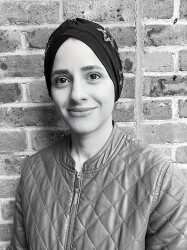BibTex format
@article{Geranmayeh:2016:10.1212/WNL.0000000000002537,
author = {Geranmayeh, F and Leech, R and Wise, RJS},
doi = {10.1212/WNL.0000000000002537},
journal = {Neurology},
pages = {1296--1305},
title = {Network dysfunction predicts speech production after left hemisphere stroke},
url = {http://dx.doi.org/10.1212/WNL.0000000000002537},
volume = {86},
year = {2016}
}

